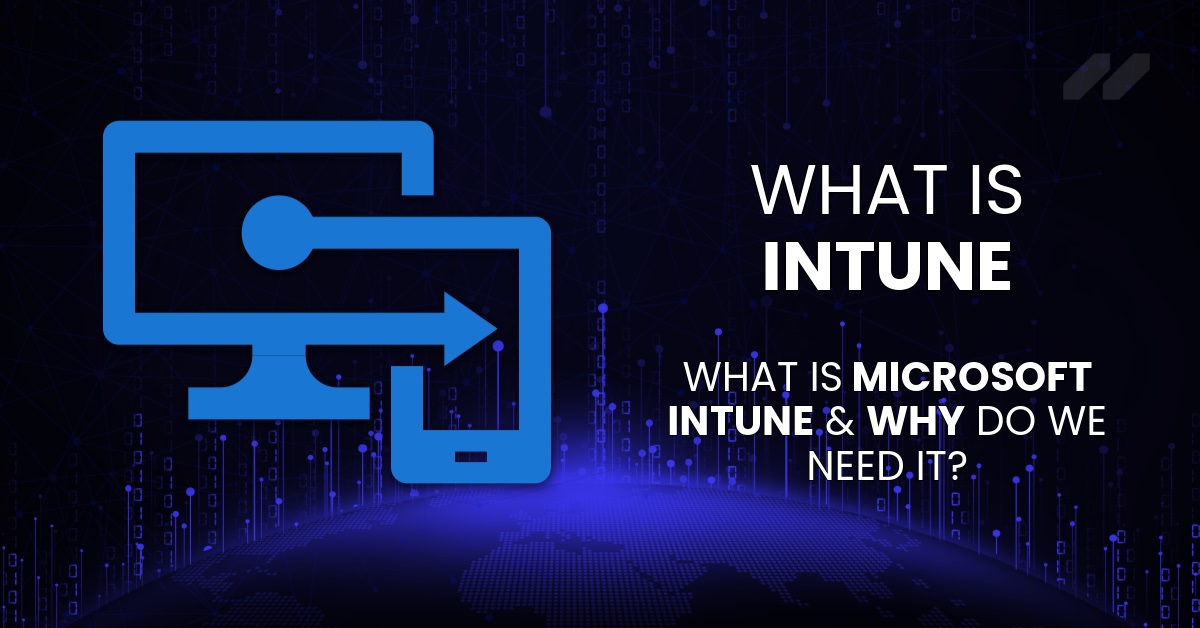
Lorem ipsum dolor sit amet, consectetur adipiscing elit, sed do eiusmod tempor incididunt ut labore et dolore magna aliqua. Ut enim ad minim veniam, quis nostrud exercitation ullamco laboris nisi ut aliquip ex ea commodo consequat. Duis aute irure dolor in reprehenderit in voluptate velit esse cillum dolore eu fugiat nulla pariatur.
Block quote
Ordered list
Unordered list
Bold text
Emphasis
Superscript
Subscript
Microsoft Intune is a cloud-based endpoint management service that helps organizations securely manage mobile devices, desktops, and applications—no matter where users work from. It’s a key component of the Microsoft Endpoint Manager suite, increasingly integrated with Microsoft Entra (identity management) and Defender (security), enabling a modern, unified approach to IT management in hybrid workplaces.
Hybrid work and Bring Your Own Device (BYOD) have shattered traditional network perimeters, creating chaos for IT teams scrambling to secure and manage a growing mix of devices. Meanwhile, attackers are becoming more sophisticated, exploiting visibility gaps and inconsistent policies.
Intune addresses these challenges by consolidating device and app management into a single cloud-based platform. This eliminates the need for multiple disconnected tools and manual interventions, reducing risk and operational complexity. Organizations gain centralized control and visibility — critical for enforcing security policies, meeting compliance mandates, and enabling seamless user productivity.
Intune tackles several persistent endpoint challenges that many IT teams face:
Caveat: While Intune covers many scenarios well, organizations with heavily legacy or on-premises environments might still require hybrid approaches (e.g., co-management with SCCM).
Intune’s power lies in its diverse toolset, enabling IT to simplify endpoint security and management:
Caveat: Some features (e.g., Autopilot) require Windows 10/11 and Azure AD, so older devices or environments may have limited functionality.
Deciding whether Intune is the right fit for your organization depends on your specific environment, workforce, and IT goals. It excels in cloud-first and hybrid workplaces, especially where device diversity and remote access are top concerns. However, like any platform, it comes with trade-offs—understanding these will help you make a more informed choice and avoid surprises down the road.
Here’s a quick rundown of Intune’s strengths and areas where it may not be the perfect match:
Pros:
Cons:
While Intune’s strengths make it a compelling choice for many organizations, it’s also a platform that’s rapidly evolving. Microsoft continually releases updates and new features that address previous limitations and add powerful capabilities. Let’s look at what’s changed in 2025 and how these updates are making Intune an even more essential tool for modern IT management.
Microsoft has rapidly evolved Intune from a solid MDM tool into a full-fledged endpoint management powerhouse, increasingly blurring lines between identity, security, and device control.
The Intune Suite bundles core MDM/MAM features with advanced capabilities like:
Perfect for organizations moving beyond basic MDM to proactive endpoint governance.
EPM now supports wildcard matching in file names and paths for elevation rules, enabling automation even when apps have variable install locations or frequent updates.
Examples:
This reduces manual rule creation and lowers administrative overhead—a key gain as app environments get more dynamic.
These updates show Microsoft’s commitment to platform-specific security and operational improvements across device types.
Note: Cross-platform inventory requires proper licensing and integration with Microsoft Defender for Endpoint.
Admin vigilance is key during feature upgrades to avoid unintended policy resets.
Rolling out Intune or managing hybrid environments with SCCM is complex and resource-intensive. Hypershift has supported over 160 financial institutions in modernizing their Microsoft 365 and endpoint management strategies.
We handle:
This partnership frees your team to focus on strategic initiatives, knowing your endpoint security is in expert hands.
Check out our Managed Services to see more of what we can offer.
What is Microsoft Intune used for?
Microsoft Intune is used for effective endpoint protection and management of corporate systems. It provides a comprehensive toolkit for the entire device life cycle, from on-boarding to decommissioning.
How do I enroll a device in Microsoft Intune?
Microsoft Intune contains specific on-boarding tools and information to show business leaders how to connect and commission devices.
What does Microsoft Intune do?
Microsoft Intune provides endpoint protection by setting up things like secure VPN, configuration manager, application-specific controls and more.
How much is Microsoft Intune?
Microsoft Intune is available to companies through a subscription basis. Costs vary according to plan choice and other factors; in general, Microsoft Intune comes with per-device fees.
Is Microsoft Intune Safe?
Microsoft Intune is a safe technology that promotes endpoint safety and protection. It’s usually safer to run a system with Microsoft Intune than without it. Reports and other features may also be helpful to a network’s more general cybersecurity effort.
What's the purpose of Microsoft Intune?
The purpose of Microsoft Intune is to help corporate networks harden their systems by pursuing effective endpoint management. It accomplishes this through many different tools: configuration manager, enterprise app management, VPN, Microsoft Defender for Endpoint.